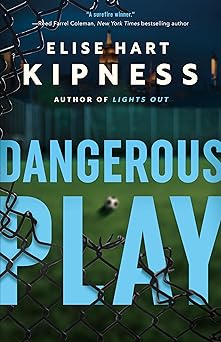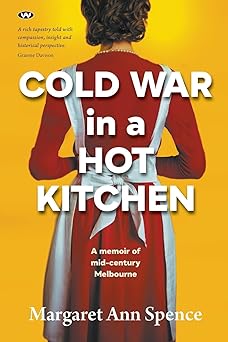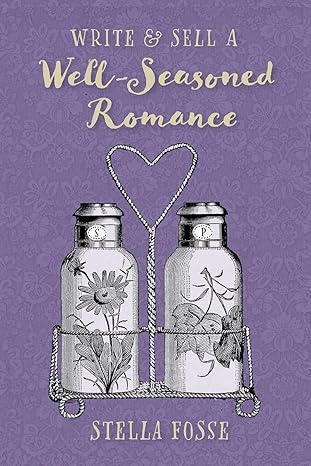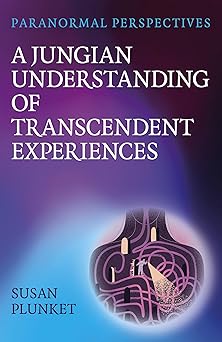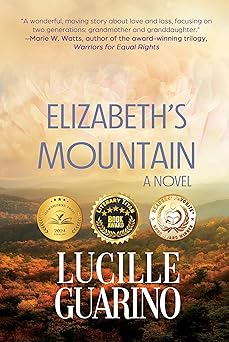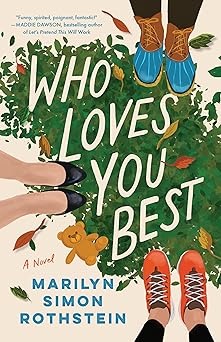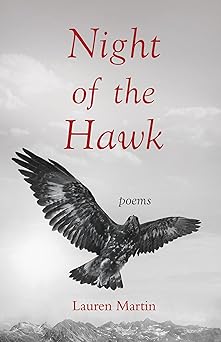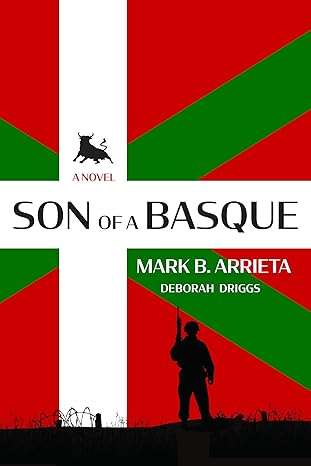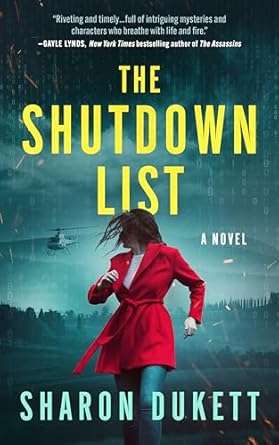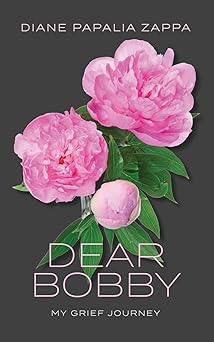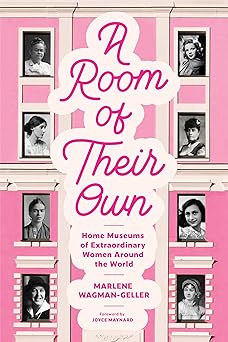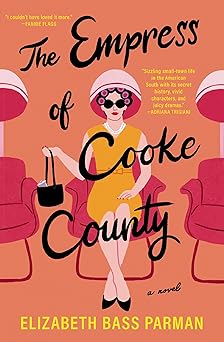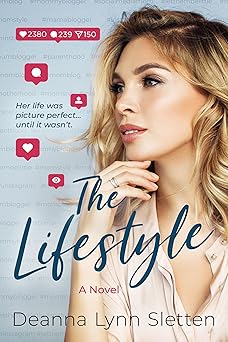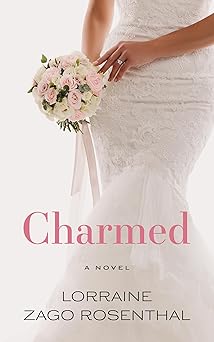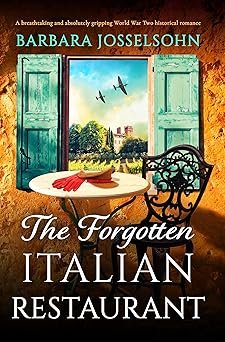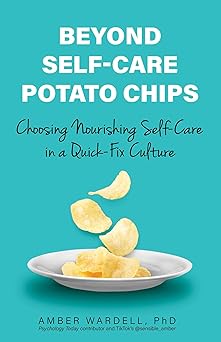Interview with N. Griffin, author of TRIGGER
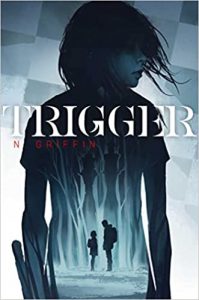 For fans of books such as Speak, The Hunger Games, and Educated, TRIGGER is a harrowing thriller, a tour de force young adult novel about a teen girl manipulated and isolated by her father. It would be an unbelievable tale, if it weren’t drawn from N. Griffin’s own childhood experiences.
For fans of books such as Speak, The Hunger Games, and Educated, TRIGGER is a harrowing thriller, a tour de force young adult novel about a teen girl manipulated and isolated by her father. It would be an unbelievable tale, if it weren’t drawn from N. Griffin’s own childhood experiences.
TRIGGER by N. Griffin (Atheneum/Caitlyn Dlouhy Books, March 29, 2022; Hardcover, eBook) follows Didi, a good girl who tries to follow all of her father’s rules, whilst learning the finer points of chess and hunting from her dad for his own sinister ends.
When Didi wins a chess tournament, her father is angry she didn’t win with a better move and makes her run laps around the house. When she runs laps the next day, she has to keep running until she’s faster than the day before. When she’s skilled enough to outshoot him with both a gun and bow and arrow, he grows furious when she won’t then shoot a baby rabbit who crosses their path. And Didi can’t do anything to escape being threatened with the Hurt Stick when she misbehaves.
He’s all she has, he reminds her. They have to be prepared to fight the rest of the world, when the world comes to an end. He’s grooming her, to keep her safe. He loves Didi —he says so! And so Didi runs harder; annihilates her opponents in chess; takes down a deer at a dead run. He’s grooming her, after all, to be the best…he says so.
TRIGGER is a fast paced, psychological thriller that will keep readers on the edge of their seats, and have them thinking, “I can’t believe this was drawn from the author’s own experiences.”
—
Interview with N. Griffin
What was the inspiration for this novel?
The inspiration for writing TRIGGER is what I hope it can offer its readers. TRIGGER is drawn from my own difficult childhood experience and writing the story of Didi, the book’s protagonist, was a powerful tool for my own healing. But what I really hope is that the book can offer an opportunity for healing to others as well.
I also hope that it can help readers who haven’t had experiences like Didi’s expand their understanding of worlds like hers and become witnesses and voices for kids who need them.
How did you balance fact and fiction?
Because my hope for the purpose of the book was front and center in my mind, I knew I wanted to make it the most powerful story as possible. Revisiting some of the threads of my own trauma to make decisions about what that story could be was incredibly difficult. Some things in the book are drawn from my own life, some are fiction and the rest close metaphors for my actual experiences. (I won’t tease out which is which—too painful for me still—but I will say that even the thought of chess now makes me want to hurl.) And, of course every single feeling in the book is one that I have felt, as hellish as it may have been.
How long did it take you to write this?
My entire life. Also, about five months for the first draft. Then about a billion* months of revision.
Why do you think the first draft came so quickly to you?
TRIGGER felt almost involuntary to write, bursting out of me with an energy I had never felt before. I realized I needed to tell this story and now I know this story wanted to be told. That combination created a momentum and power that made me write faster and with more clarity than I’d ever experienced before. And trying to honor both what I wanted to express and what maybe wanted to express itself through me merged into what was, for me, a pretty darn fast first draft.
How did you use metaphor to really get your points across?
I think metaphor is really all that is available to us as humans. Getting to the core truth of a thing is always asymptotic. I think as writers we lean into that and everything in our stories can become a metaphor for mood or emotion or events as we try to approximate what lies at the heart of what we’re trying to say. I know that for me, for example, the natural world helps me express ideas. For example: lots of the book takes place in the cold of late fall and early winter but the sun is often there too, no matter how pale in the sky. So. Metaphor. Hope.
Stories are efforts to explore larger truths. They can’t help but be metaphor. There was something incredibly powerful about reflecting my own feelings and experiences in the form of a novel. Making a larger metaphor of what happened gave me a new way to offer myself what I didn’t have as a child, which was to be seen, heard, understood and loved. It externalized the child me in a way that I could cherish, validate and show up for her. That wasn’t something I expected. But it was a wonderful thing.
What can children/teens do if they are in a similar situation?
If you are being mistreated in any way–physically, sexually or psychologically—be as brave as you can be and seek out a trusted adult and tell them what is happening to you. Or, if you feel like there is no adult you can fully trust yet, know that most adults are good people and find one that is at the very least consistently kind and tell your story to them anyway. A school counselor, a teacher, a neighbor, a coach. Somebody. You will be believed.
What resources are available to them?
I’m not a professional in this area so I do advocate that kids tell an adult. Adults have the power to listen and formulate next steps. One can also call 911 and tell an operator what is happening. They can help. And If you have the ability to look up the child protective services or department of children and families in your state, they can step in as well.
Why do you see this as a hopeful story?
Didi knows that, ultimately , there are good people out there – it is an unspoken truth even though she does not experience it much in her own life. Because of this, there is hope that she will be able to form loving attachments even though she is presently steeped in the belief that being a “good kid” means pleasing her father, being invisible and shutting up. What an accomplishment for her, then, to know that love is a thing. What a miracle.
How are you doing now?
Oh, I’m happy! I have wonderful relationships and friendships. Sure, I worked hard and still work hard to claim my right to joy and attachment and to heal all my soul systems. And I consistently choose to surround myself with people who are kind and safe and give me joy and the opportunity to make myself better.
And I know this: Our greatest wounding can be the greatest blessing to others.
That brings me so much peace.
What is next for you?
Oh, there are more stories inside me waiting to be written. I’d also be interested in accumulating more dogs, though my husband goes all limp when I suggest this. We already have three. I think anything over three qualifies you as a farmhand, which is a choice not to be taken lightly. And the barking might be a little rough for the neighbors.
Tell us about other books you have written.
I’m the author of the young adult novel The Whole Stupid Way We Are, for which I was named one of Publishers Weekly’s Flying Start Authors of 2013, as well as Just Wreck It All, also a YA. I’ve also written a series of cheerful mysteries for younger readers called Smashie McPerter Investigates. Titles in that series include Smashie McPerter and The Mystery of Room 11, Smashie McPerter and the Mystery of the Missing Goop, and Smashie McPerter and the Shocking Rocket Robbery, which is also coming out this spring.
Thank you so much for having me here!
*Not quite a billion. But a lot.
—
Find out more about N. Griffin on her website https://www.ngriffin.com/
Category: Interviews, On Writing




